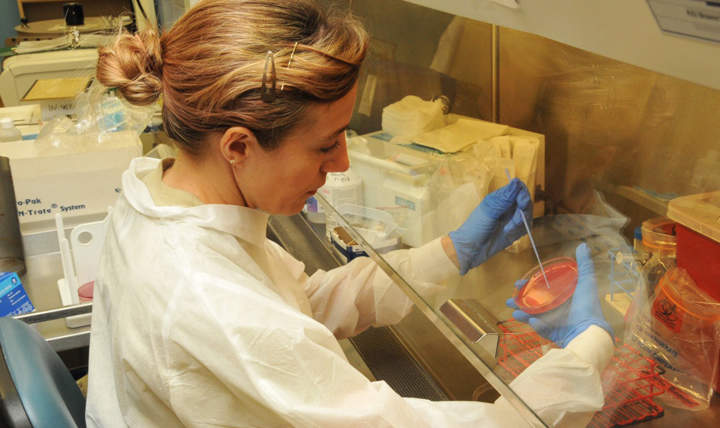On September 6, the Microbiome Therapeutics US conference focused on overcoming regulatory challenges and strategies to gain intellectual property (IP) protection for live biotherapeutic products (LBPs). According to the FDA, a LBP must contain a live organism and be applicable to the prevention and/or treatment of human disease, but it cannot be a vaccine. As there are currently no FDA approved LBPs on the market, limited guidance from regulatory bodies exists, suggesting that for the time being, it is best to establish a regulatory plan on a case by case basis.
The second day of the Microbiome Therapeutics US conference featured a key speaker from the FDA providing a regulatory perspective on LBPs. There are currently three key FDA-sponsored meetings for companies developing LBPs: a meeting prior to submitting an investigational new drug (IND) application, a meeting at the end of Phase II trials, and a meeting prior to submitting a biologics license application.
According to the FDA, the pre-IND meeting is highly recommended and requires all information on the LBP, including rationale, preclinical efficacy and safety data, and the protocol of planned studies, to be submitted prior to the meeting. When submitting an IND, the FDA requires sufficient data to assure proper identity, quality, purity, and strength of the LBP, marking the importance of the pre-IND meeting for biopharmaceutical companies.
According to Seres Therapeutics, a biopharmaceutical company that is developing medicines using live bacteria to treat diseases resulting from microbial dysbiosis, there are currently four key areas of regulatory considerations for LBPs: safety, clinical, manufacturing, and characterisation.
Key considerations for future trials
Regarding safety considerations, Seres recommends having established criteria for donor screening testing if the LBP is being derived from human matter, such as stool. Clinical protocols should include well-controlled trials to establish safety and efficacy, including classical endpoints and outcomes. In addition, it is recommended that clinical outcomes address microbiota diversity and composition, as well as identify the minimum effective dose.
Finally, key considerations for characterisation include establishing the reproducibility of clinical trials and identifying potential biomarkers. Despite the current regulatory challenges for LBPs, key speakers from the FDA and Seres Therapeutics were able to provide key strategies to developers of LBPs for a successful regulatory framework.

US Tariffs are shifting - will you react or anticipate?
Don’t let policy changes catch you off guard. Stay proactive with real-time data and expert analysis.
By GlobalDataShifting gears to IP protection, according to Vedanta Biosciences, a biopharmaceutical company designing medicines based on consortia of human commensal bacteria, patent eligibility is generally refined to a process, a machine, articles of manufacture, or composition of matter. However, in pharmaceuticals, patent protection is defined by two primary claims: composition of matter and method of treatment.
According to the US Supreme Court, the patent-eligible product cannot be a natural phenomenon, which is often an issue for microbiome therapeutics, especially single-strain bacteria. In this situation, the product must show significantly more than the natural phenomenon, such as reciting functionality or demonstrating an additional component not found in nature. In the case of single strain bacteria, a claim for composition of matter may not hold up in the US patent office. As such, according to Vedanta, the best strategy may be a patent for method of treatment.




